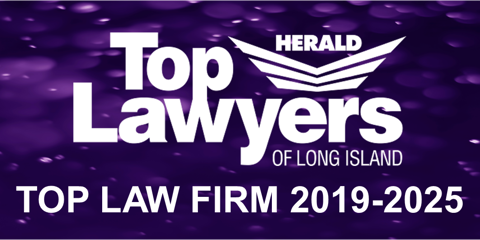When a homeowner defaults on their mortgage, the bank can usually foreclose their property. But if the loan was given in bad faith or negligently, the lender may be an “Unprotected Encumbrancer” and the borrower may be able to keep their home. They may even be free and clear of their mortgage.
In real estate, an encumbrance is anything that limits what a homeowner or landowner can do with their property. When a lender, usually a bank, loans money to someone to purchase a property, they generally encumber the property through the use of a mortgage. A mortgage is essentially a lien, giving the lender claim against the property to the value of the debt, until it’s paid in full.
A mortgagor’s rights as an encumbrancer are typically protected—the courts tend to approve a bank’s foreclose of a property of a defaulted borrower, and usually on summary judgement (without trial)—unless the mortgagor had Constructive Notice of some sort of fraud involved in the transaction.
“Constructive Notice” is a legal presumption of prior knowledge, here meaning that the mortgager was either aware, or should have been aware, of facts that would lead a reasonable, prudent lender to inquire into the circumstances of the transaction.
If an inquiry would have revealed evidence of fraud, the lender can’t simply deny knowledge of it, because it was their legal duty to perform due diligence. If the lender is found to have Constructive Notice, it could free the mortgagee of the encumbrance and potentially even nullify the mortgage.
In a recent foreclosure defense case, VMM represented the owner of a residential property who defaulted in mortgage payments and a foreclosure case was commenced against him.
The homeowner was then approached by three co-conspirators: a private lending company loan officer, a short sales specialist, and an attorney. Claiming to have helped many people in his position save their homes, they advised him that, through the use of a short sale (an asking price lower than the amount due on the mortgage), he’d be able to avoid foreclosure and save hundreds of thousands of dollars with a new mortgage. Since these were all licensed professionals, the homeowner believed them.
The trio set forth an elaborate plan, arranging the short sale and forming a corporation to purchase the property, assuring the homeowner of a satisfied prior mortgage and a new, much more affordable mortgage. They were then able to obtain the original bank’s consent to the sale.
At the closing, the attorney had the homeowner sign documents without providing any explanation of their nature. When the transaction was finished, the homeowner ended up in a new, hard money loan, with his property used as collateral. It had a 12% interest rate, which matured in one year for even more money. “Rehabilitation” funds were paid out to various entities and parties.
When the homeowner inevitably defaulted on this loan, the lending company brought a foreclosure proceeding and moved for summary judgment.
VMM argued that the lender was not a good faith encumbrancer. For one, the firm argued that a reasonably prudent lender would have inquired about the $174,000 earmarked for rehabilitation and yet distributed to parties at the closing table, having nothing to do with rehabilitating the property. The court agreed, finding that they had Constructive Notice.
It is a bank’s, or any lender’s, legal obligation to perform due diligence for every mortgage, certainly in cases of foreclosure. If they fail to do so, a defaulted homeowner may be able to retain their property as well as be free and clear of their mortgage.
If you have any questions or require any assistance concerning your mortgage, contact us.


